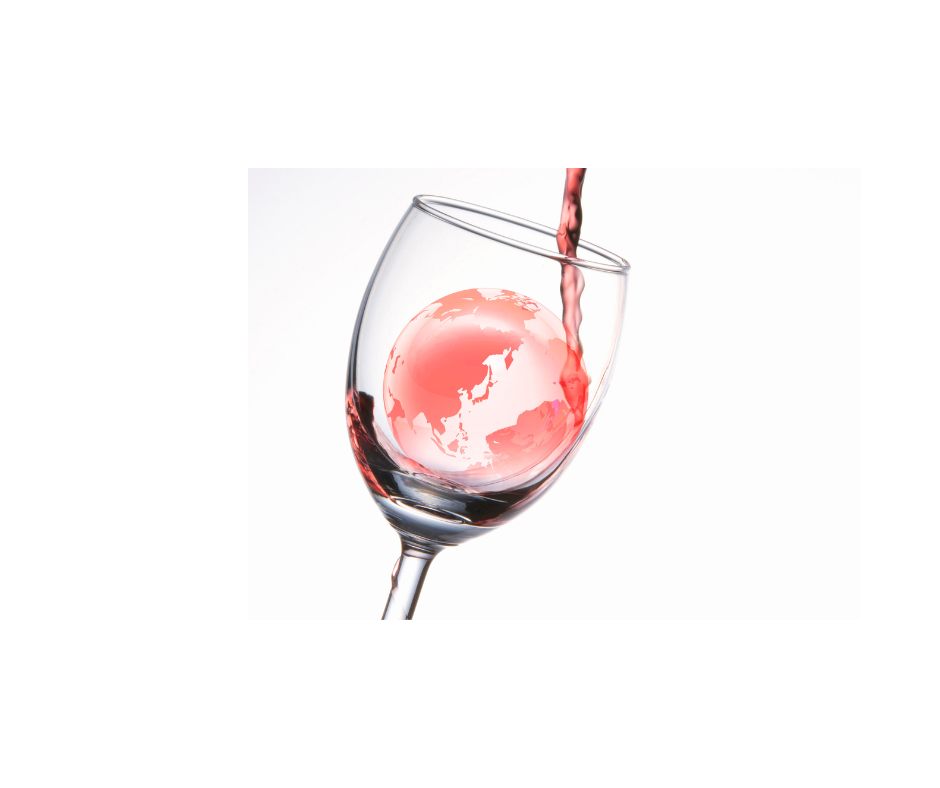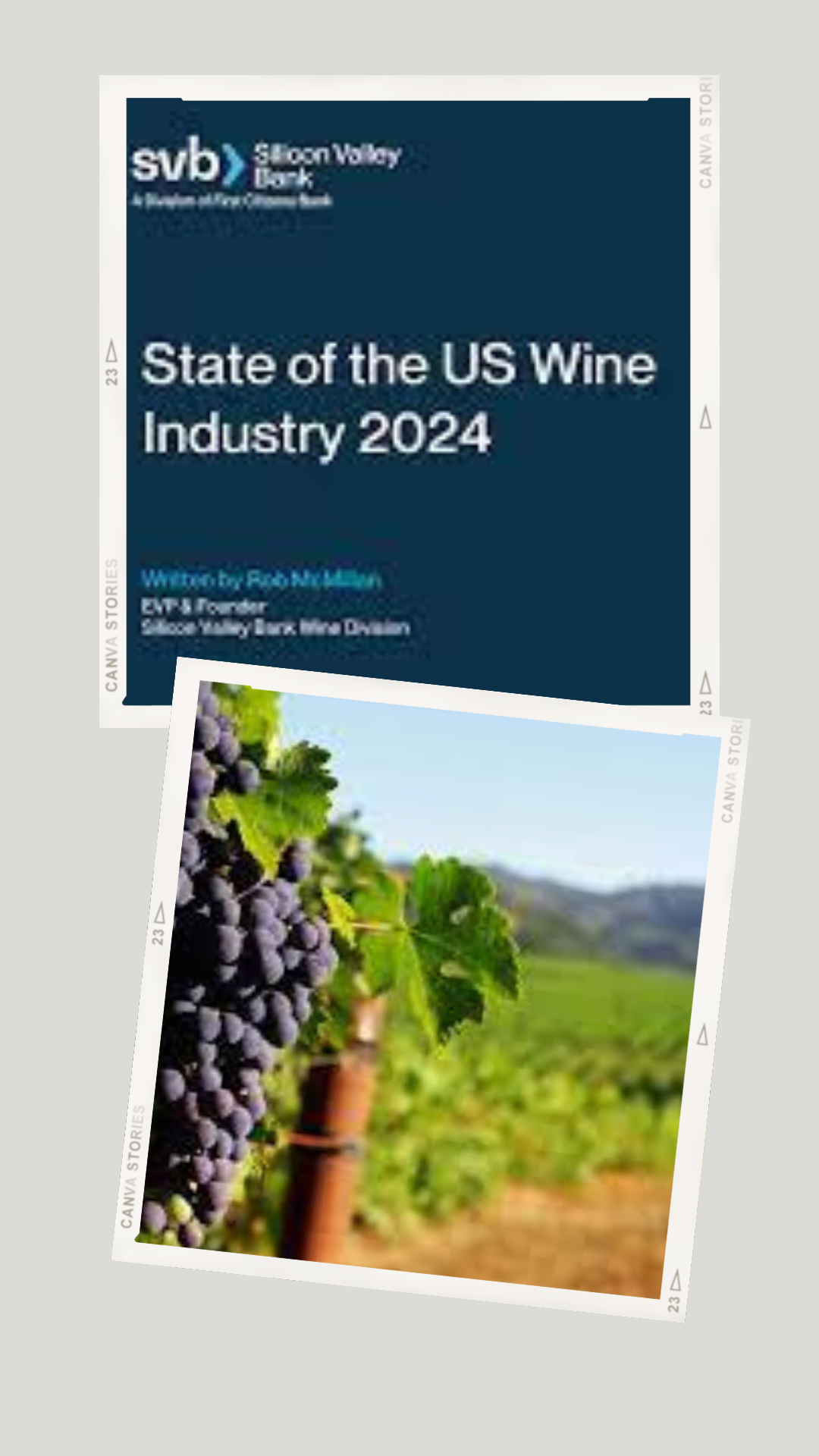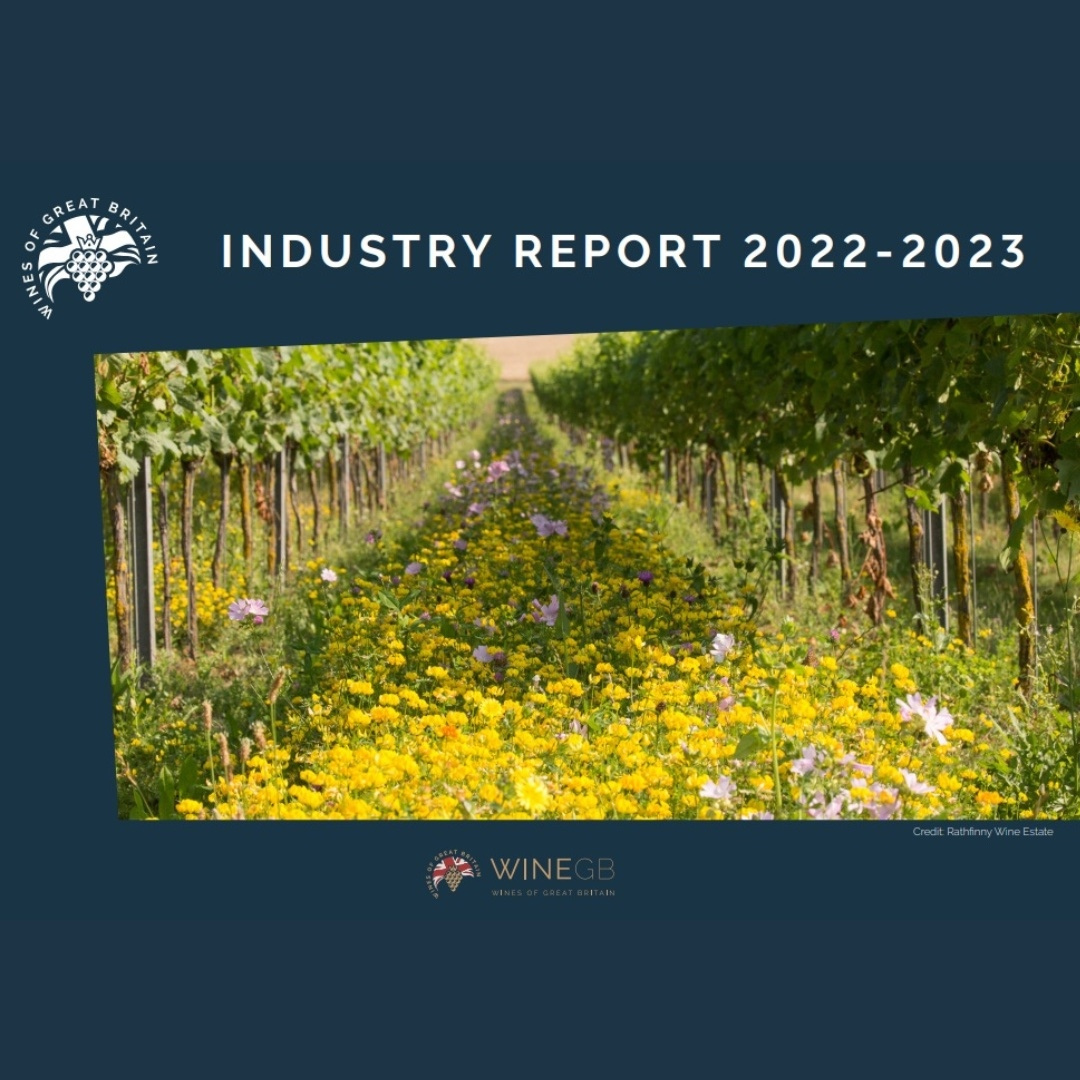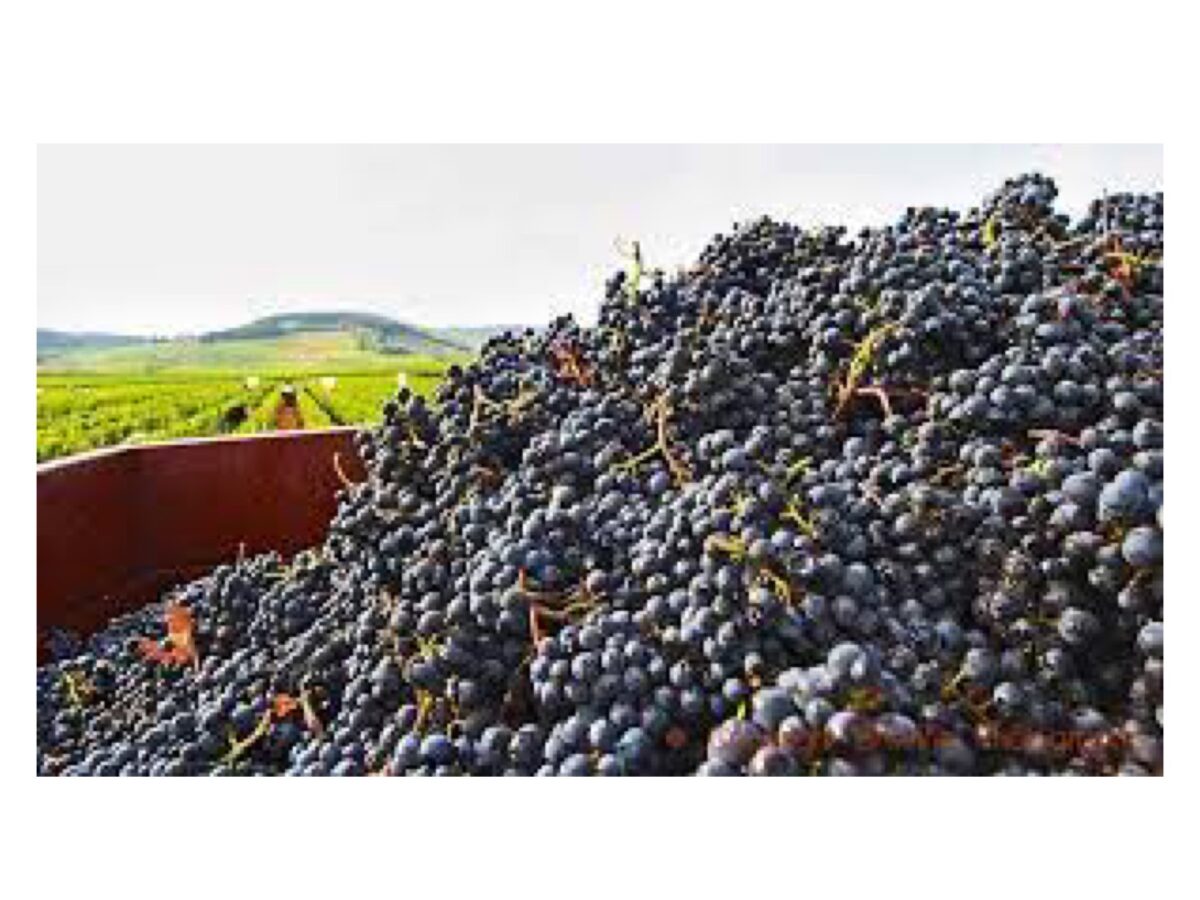Wine consumption trends could “shift” according to a new report analyzing the global wine market changes between 2022 and 2027. This new report was led by analysts at Research and Markets of which findings were brought together by multiple data sources, which collates data from over 107 countries.
The data showed that the global wine sector was valued at US$346.8 billion in 2022 and is expected to register a compound annual growth rate (CAGR) of 8.8% during 2022-27 to reach US$528.2 billion. Additionally, in volume, the findings show that the global wine market will reach 26.7 billion litres in 2027, up from 24 billion litres in 2022 with leading territories being Western Europe with a 49.5% market share, followed by the US with 21.6%.
The report also provides an overview of changes in the consumption of wine over 2017-27, at global and regional levels and has hinted that it pinpoints “high potential countries” for wine consumption as well as provides analysis based on market assessment, economic development, governance indicators, socio-demographic factors, and technological infrastructure. Offering a more-detailed analysis of each of the countries, analysts have revealed that the data covers the key challenges, competitive landscape and demographic analysis that can help companies gain insight into the country-specific nuances. The report also noted that the analysts have outlined how the findings will contain significant emphasis on the key trends that drive consumer choice and the future opportunities that can be explored to help the sector and wineries boost revenue.
The wine world has long been expanding as more regions come into the international limelight and new markets continue to develop.
Link to Report: https://www.researchandmarkets.com/report/wine




